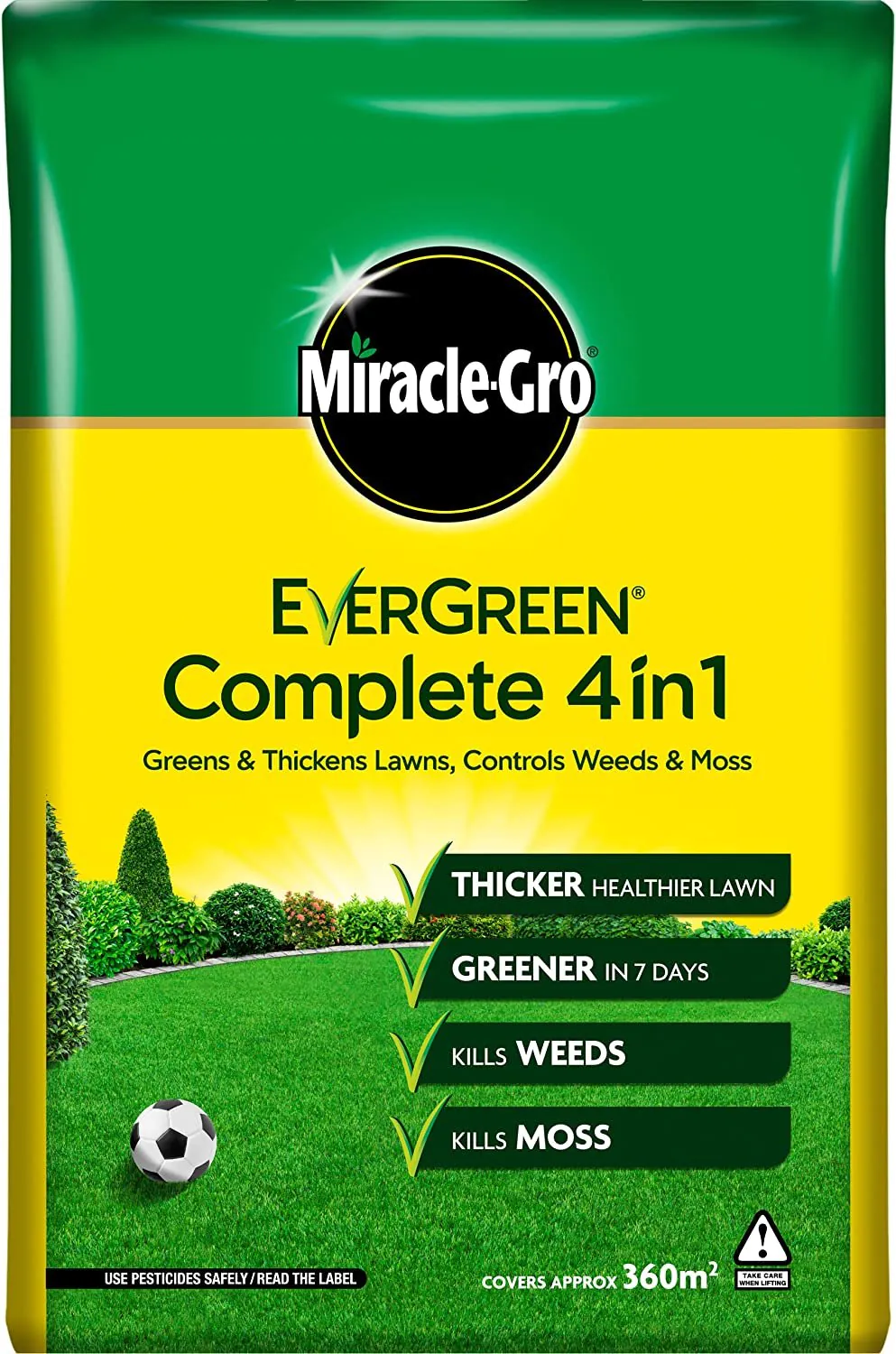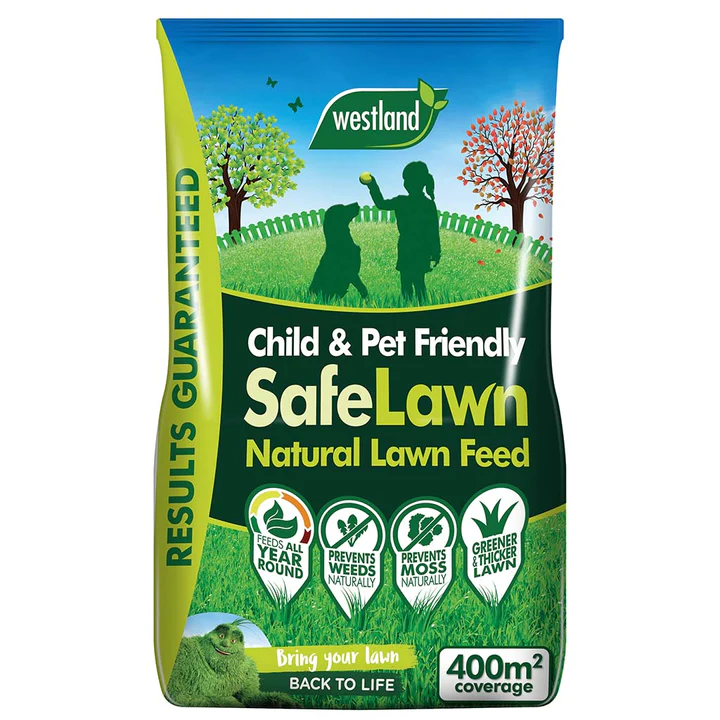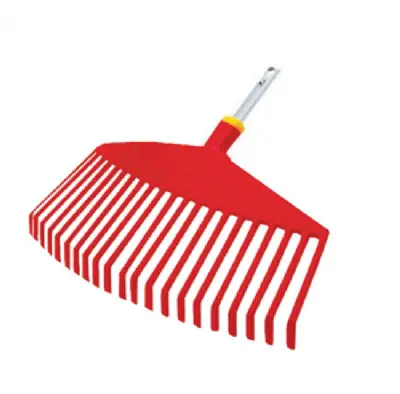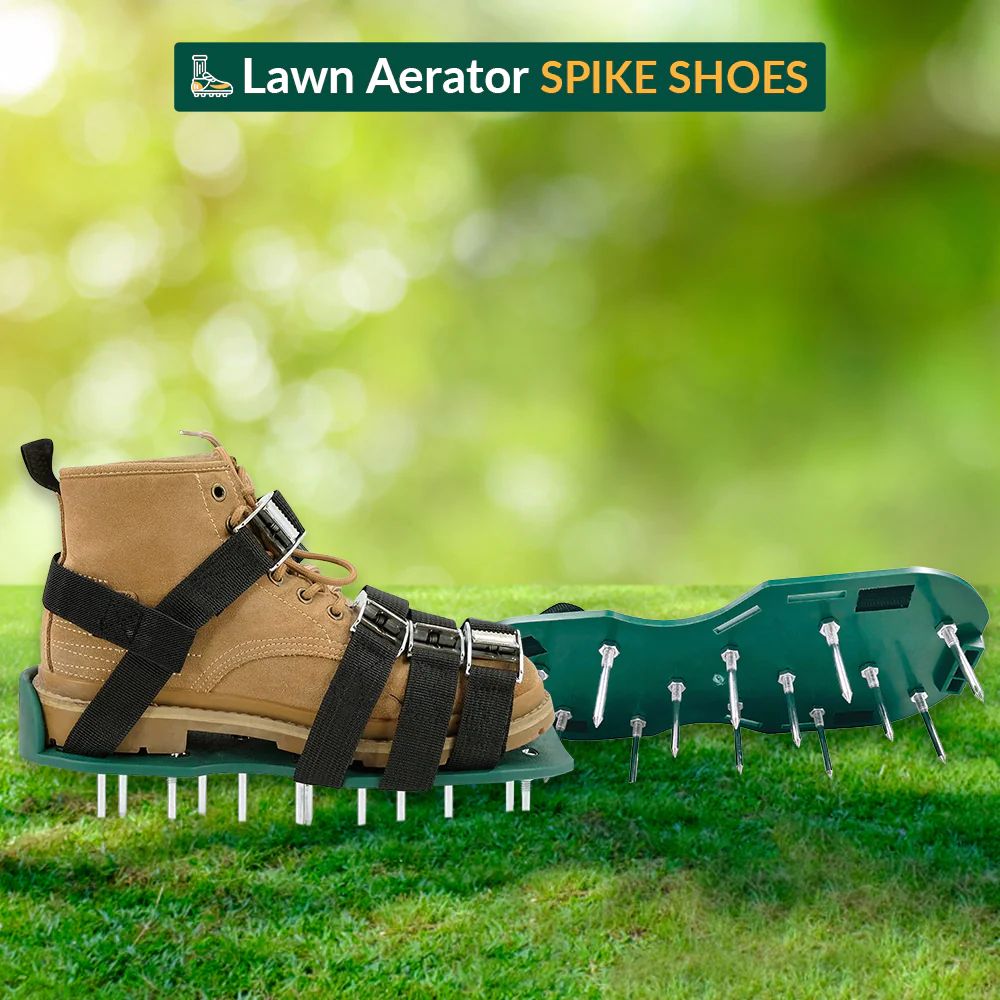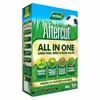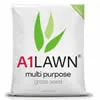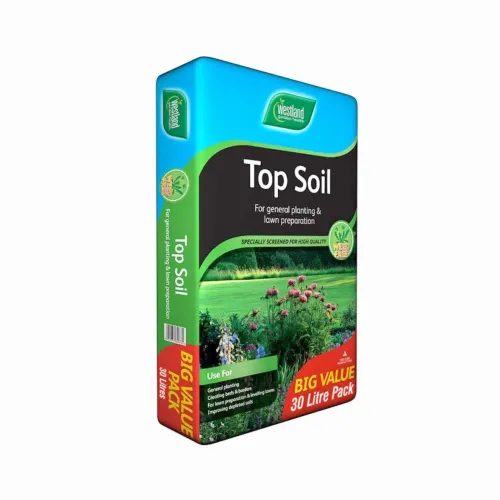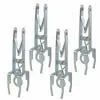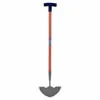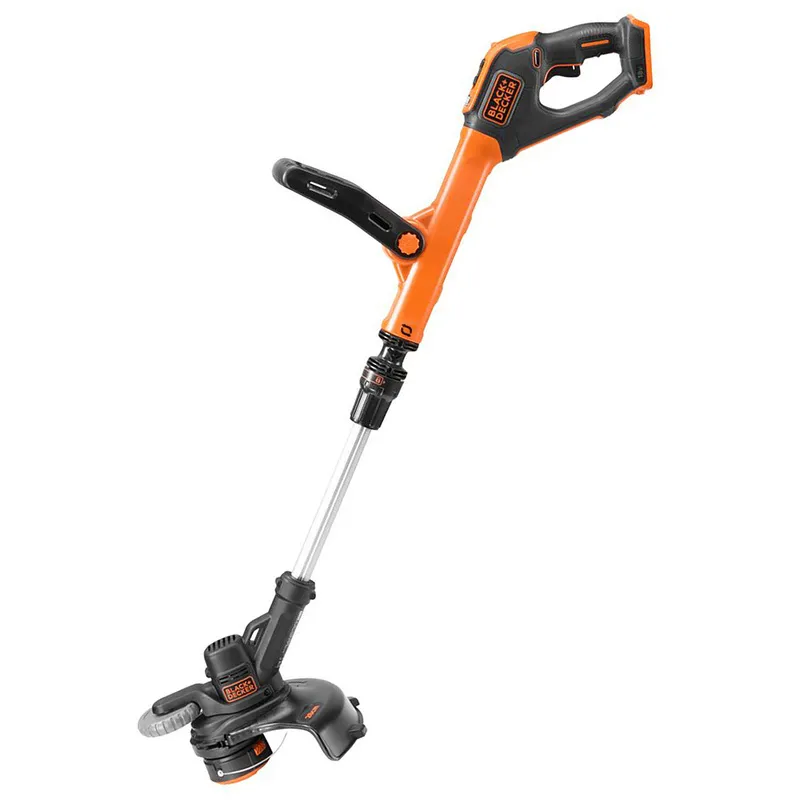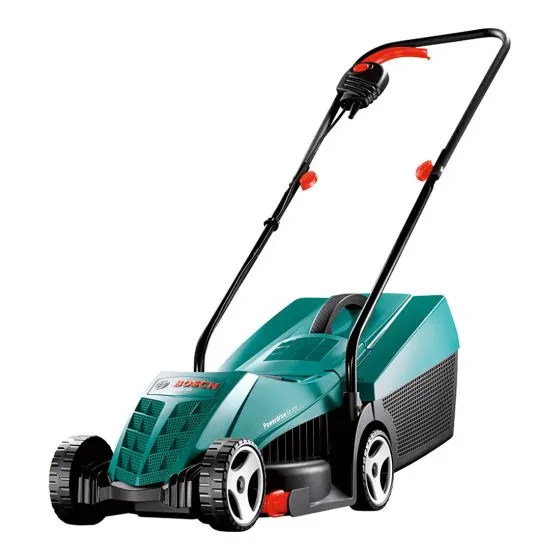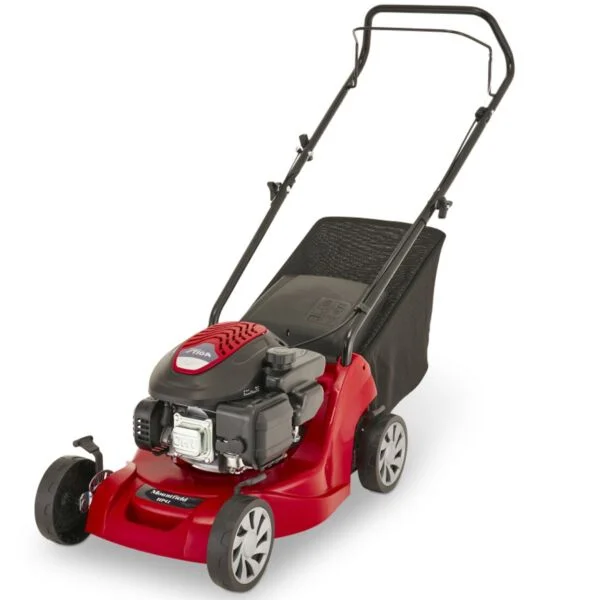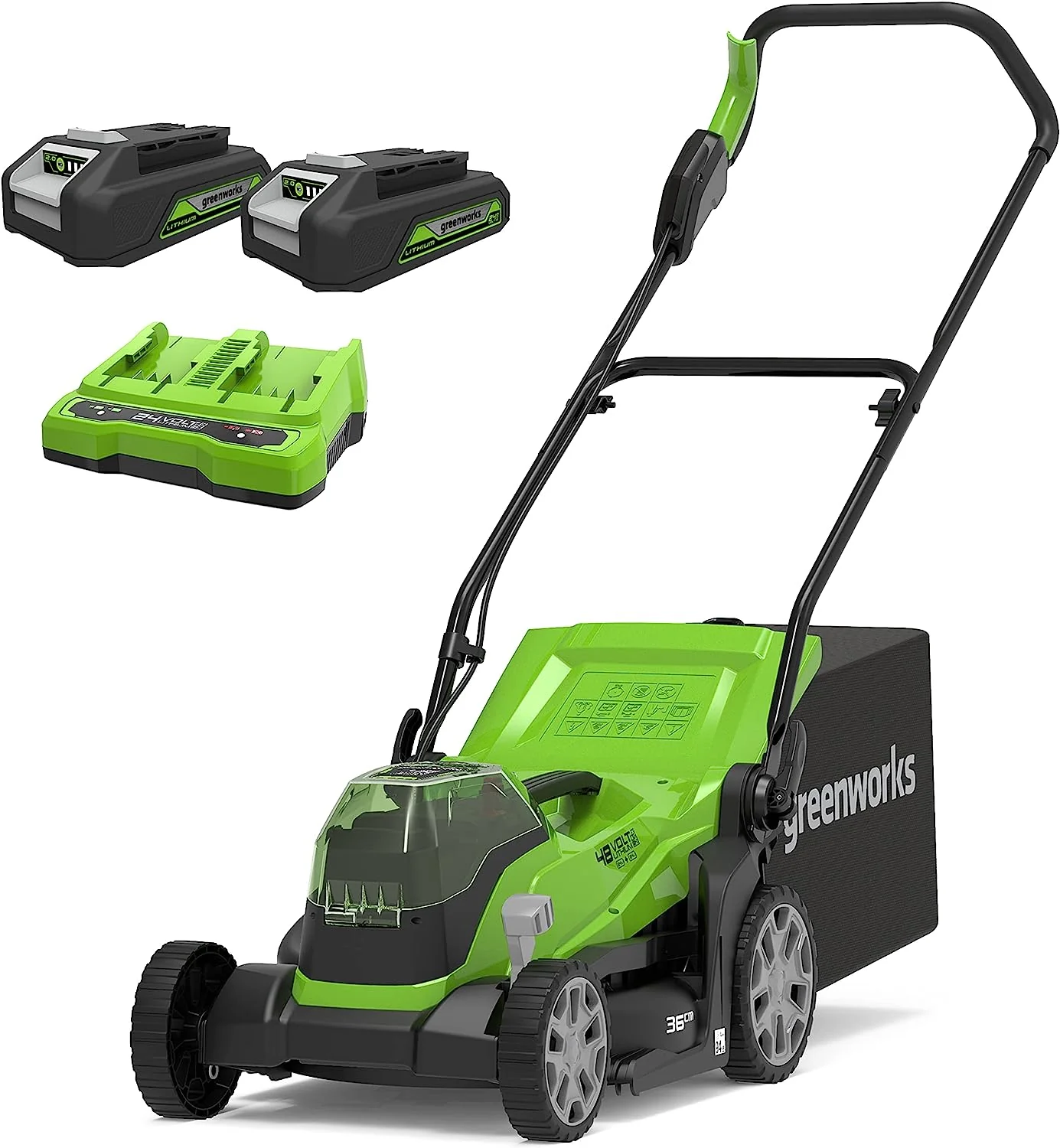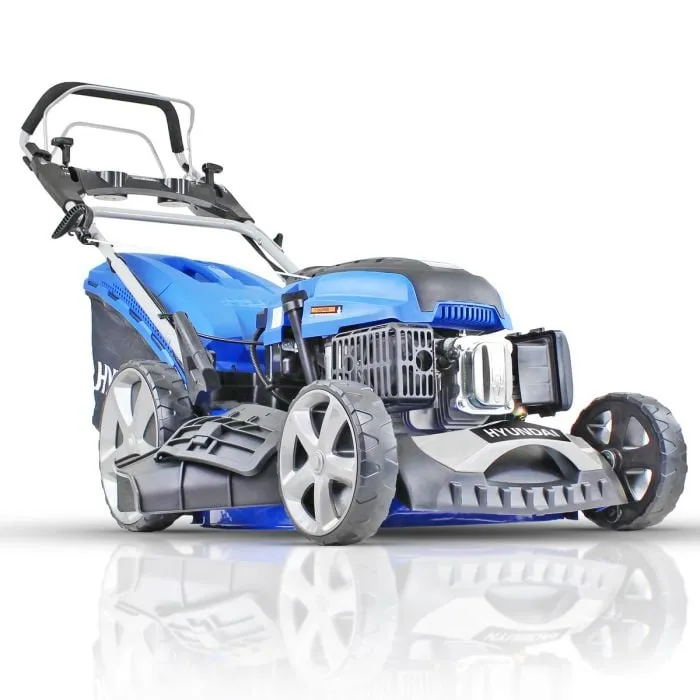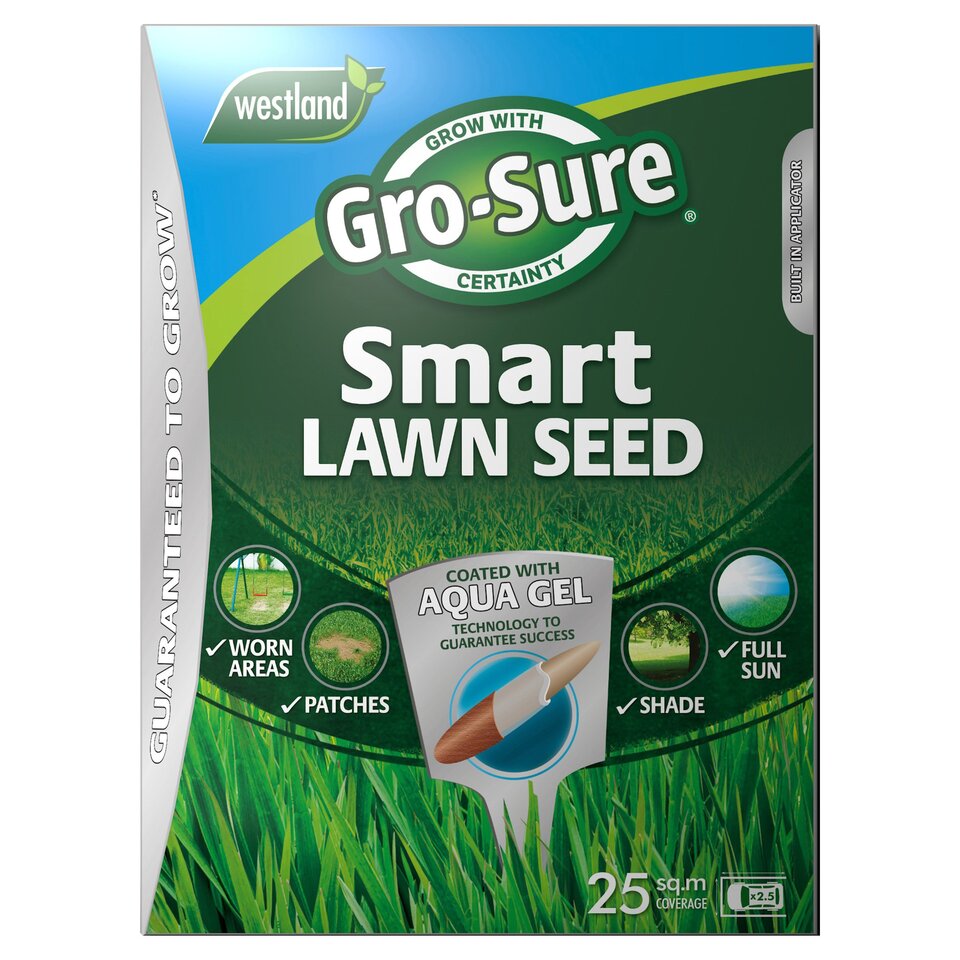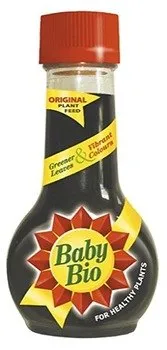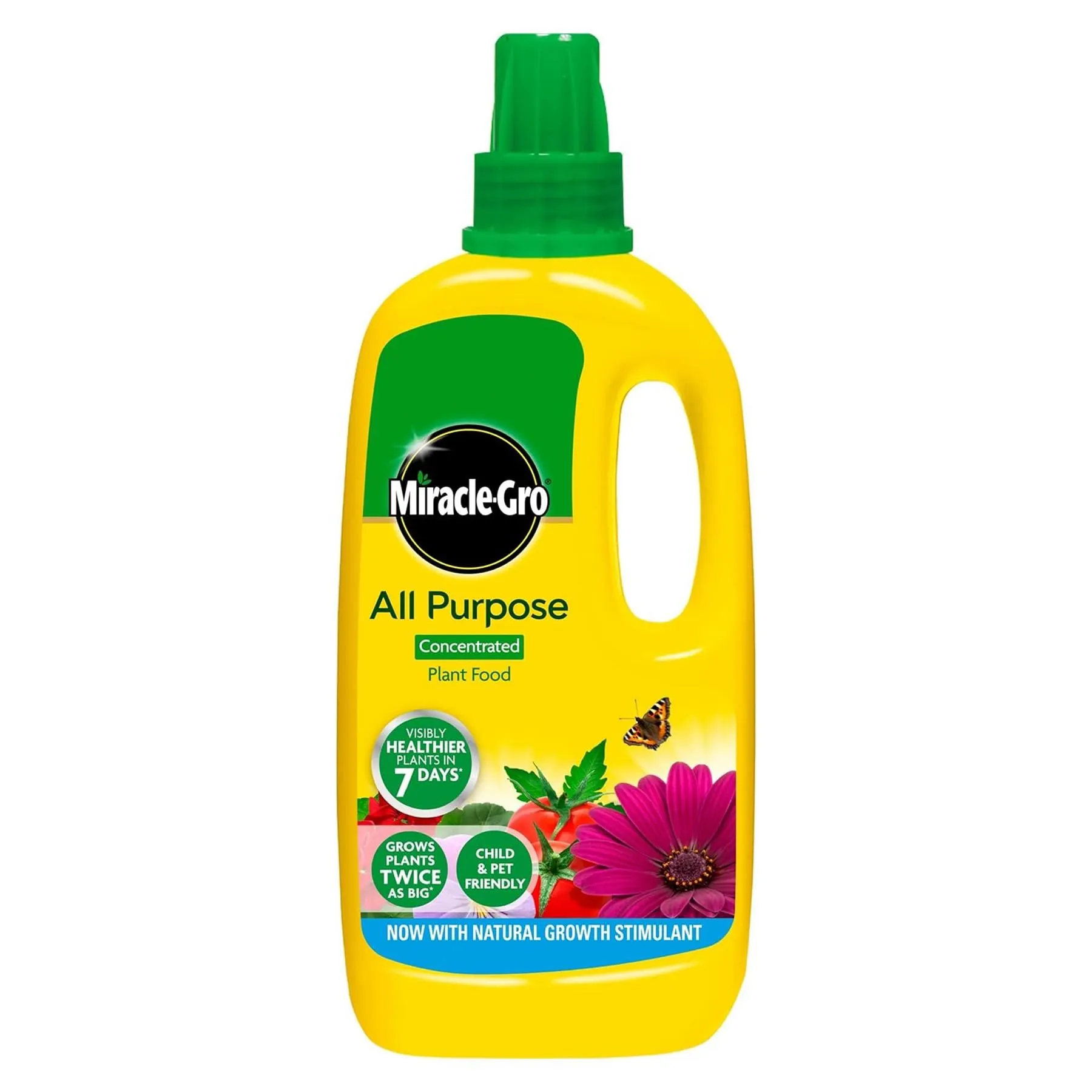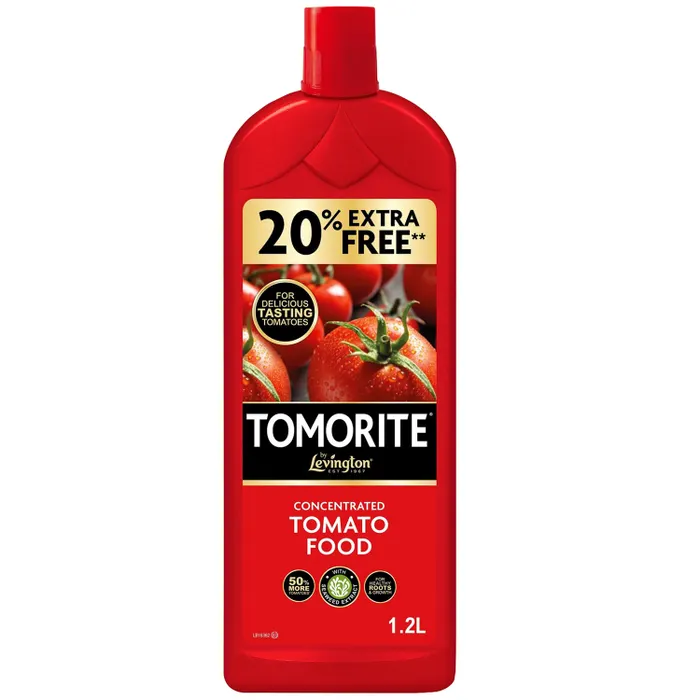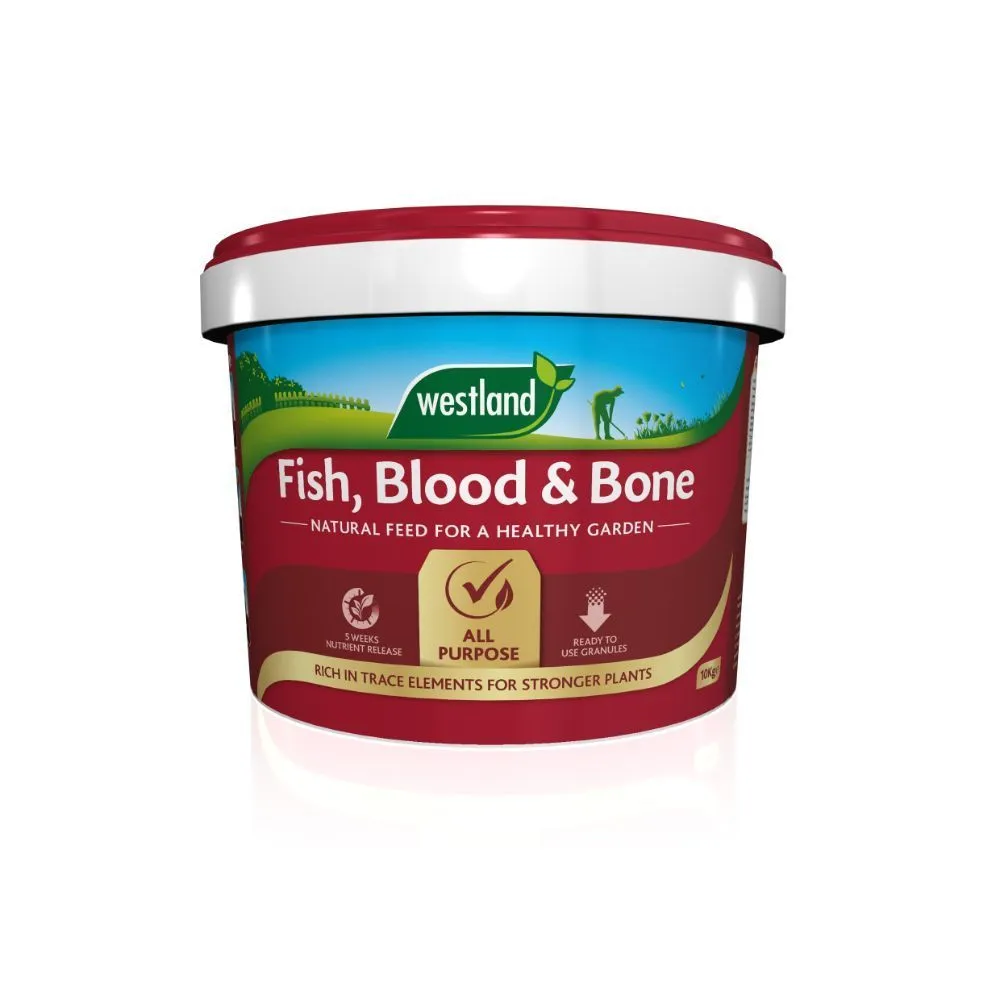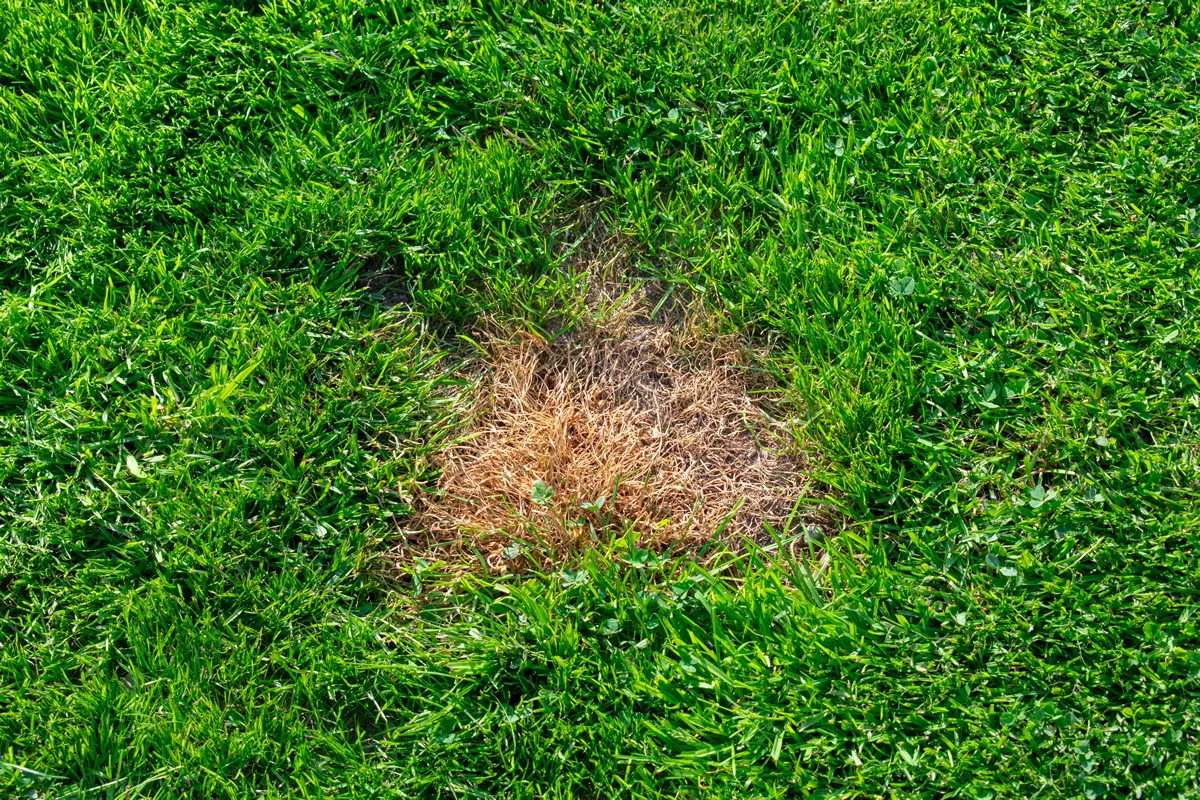
Dollar Spot Fungus in Lawns: A Gardener's Guide to Identification, Control, and Prevention
A lush green lawn is the pride of any homeowner, but when patches of dull, blighted grass appear seemingly overnight, it can be a cause for concern. Dollar Spot Fungus is a common culprit for this unsightly phenomenon, but understanding its nature and how to address it can be a game-changer for lawn care enthusiasts and home gardeners. In this comprehensive guide, we'll deep-dive into all things Dollar Spot Fungus, from its insidious effects to the most effective methods for treatment and prevention.
Introduction to Dollar Spot Fungus
When it comes to fungal lawn diseases, Dollar Spot is one of the most widespread troublemakers. This pesky pathogen is caused by the fungus Sclerotinia homoeocarpa and is named after the small, silver-dollar-sized spots it creates in turf. These spots are initially straw-colored and can progress to a tan-brown color with the appearance of lesions on the grass blades.
The Impact on Lawns and Gardens
The impact of Dollar Spot Fungus is not merely cosmetic; it can weaken and ultimately kill the grass if left untreated. Affected areas may merge, leading to extensive turf damage and bare patches that are perfect spots for weeds to take hold. This can be devastating for those who take pride in their lawn's appearance and health.
Detecting Dollar Spot Fungus
Identifying Dollar Spot Fungus early is key to managing its spread. Recognizing the signs and symptoms is the first step.
Signs and Symptoms
Keep an eye out for the characteristic silver-dollar-sized spots, which are often prominent in the morning dew. During wet weather, you may instead notice the formation of a dense mat of white mycelium, the vegetative part of the fungus, on the leaf surface.
Confirmation Methods
The appearance of the spots is a strong indication, but for confirmation, a closer look under a magnifying glass can reveal characteristic hourglass-shaped lesion patterns on the blades of grass. Additionally, a diagnostic service offered by many county extension services can confirm the presence of the fungus.
Understanding the Causes
Dollar Spot Fungus can be a complex issue, often rooted in environmental and maintenance practices that are less than ideal for your lawn's health.
Contributing Factors
One of the key drivers of Dollar Spot is the absence of free water on the leaf surface. This can occur during prolonged drought, when lawns are subjected to short, infrequent watering, or in the case of over-watering, which often occurs during warmer months. Additionally, low nitrogen levels and soil compaction can exacerbate outbreaks.
Favourable Conditions for Growth
The fungus thrives in warm, humid conditions, and areas with poor air circulation can create microclimates that are ideal for its growth. Host plants that are weakened due to stress or improper care are more susceptible and will support rapid fungal development.
Preventing Dollar Spot Fungus
An ounce of prevention is worth a pound of cure, and this holds true for managing Dollar Spot in your lawn.
Best Practices
Maintain an appropriate mowing height to shade the soil and minimize water loss. Aim to keep your lawn at a height of 2-2.5 inches, depending on grass species. This height provides some cooling shade to the soil, improving the overall vigor of your grass and making it less susceptible to disease.
Creating Healthy Conditions
Healthy, well-fertilized lawns are more resilient to Dollar Spot Fungus. Regular aeration can reduce soil compaction and improve water infiltration, providing a better environment for your grass. Water deeply and infrequently to encourage deep root growth and, avoid watering in the evening when turf can remain damp overnight.
Treating Dollar Spot Fungus
Sadly, even the best-tended lawns are not immune to Dollar Spot. When it strikes, swift and appropriate action is necessary to contain the damage.
Available Treatments
A variety of treatments are available, ranging from fungicides to natural remedies. Fungicides containing propiconazole, chlorothalonil, and flutolanil are commonly used to combat Dollar Spot. If you prefer a more natural approach, compost tea can be a helpful organic option to suppress fungal growth.
Step-by-Step Treatment Guide
If you choose to use a fungicide, follow all label directions carefully. The application of any treatment should be timed to prevent the spread of the fungus and to promote strengthening the grass and soil.
Future Prevention and Maintenance
Once you've dealt with a Dollar Spot infection, the work doesn't stop there. Ongoing maintenance and monitoring are crucial for preventing reoccurrence.
Ongoing Monitoring
Keep a close eye on your lawn, monitor your grass to ensure that all the correct practices are being maintained and watch for any early signs of a new Dollar Spot outbreak.
Prevention Strategies
Incorporate good habits into the long-term care of your lawn. Regular fertilization, appropriate mowing, and aeration to reduce compaction will help create an environment that's less susceptible to fungal diseases.
Conclusion
Managing Dollar Spot Fungus is a challenge, but with the right knowledge and action, it’s a challenge that can be met. The health and beauty of lawns depend upon attentive care and quick response to any issues that arise. Remember, the best defence is a good offence. By following the tips and strategies outlined in this post, you can arm yourself with the tools to keep Dollar Spot Fungus at bay and make your lawn the envy of the neighbourhood. Share your experiences in dealing with Dollar Spot and any tips you’ve found particularly effective, and together we can grow greener, healthier spaces.



